Creating a Butterfly Sanctuary in Your Backyard
Contribute to wildlife conservation and enjoy opportunities to engage in butterfly watching and citizen science in your own backyard butterfly sanctuary
No matter how big (or small) your backyard is, you have room to garden for wildlife, especially butterflies. Butterflies need just four things to survive: food, water, shelter and a place to lay eggs. You can provide every essential element in your yard or on a porch, patio or balcony with a few minor tweaks.
Creating a butterfly sanctuary is a fun and easy way to contribute to wildlife conservation. It also provides opportunities to engage in activities like butterfly watching and citizen science. All you have to do is sit at your window or step into your backyard!
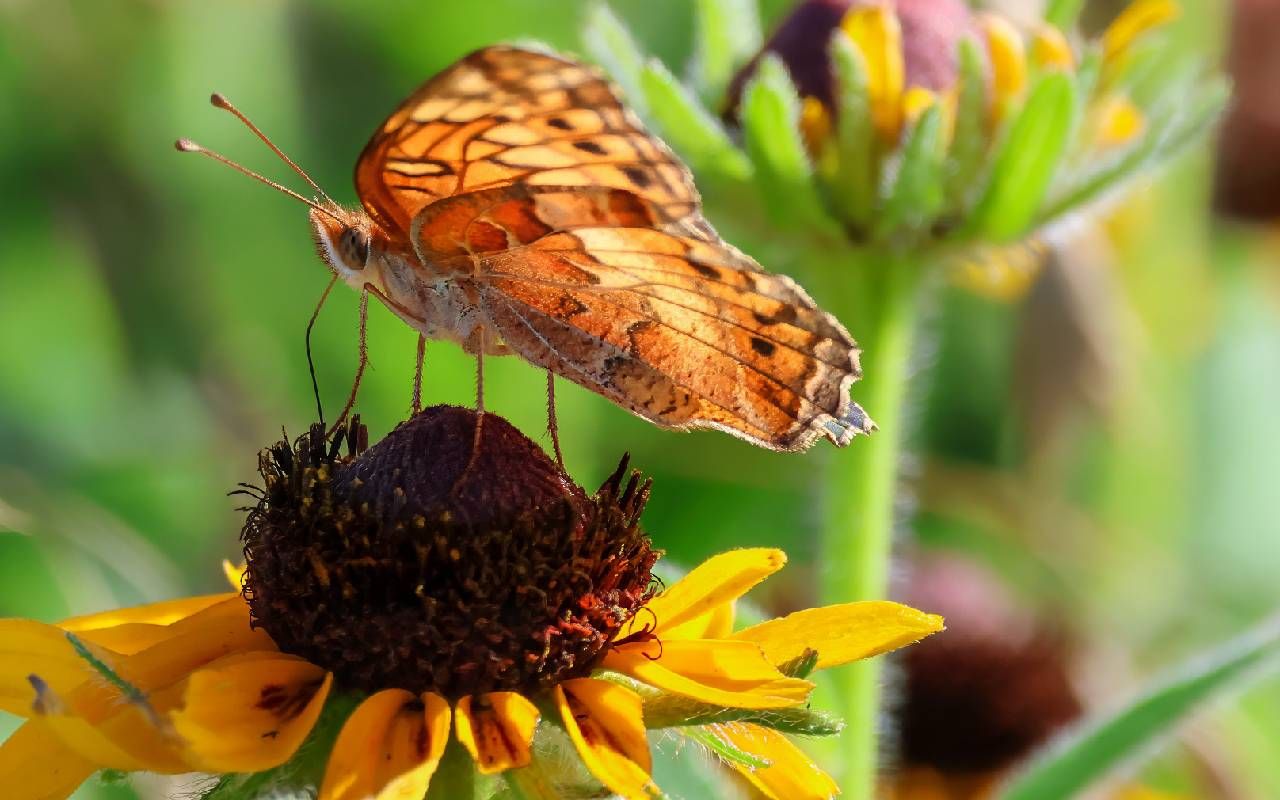
Nectar-Producing Plants for Butterflies
Most adult butterflies feed on nectar, which they sip from flowers. Some butterfly species have a preferred nectar plant, but most will drink from any accessible nectar source. Butterflies are attracted to the colors yellow, orange, red, pink and purple but can drink from most flowers with short tubes.
No-fuss annuals like zinnias also make a great addition to a butterfly garden, especially if you are growing flowers in a container on a porch, patio or balcony
Native milkweeds, blazing stars, goldenrods, thistles and asters are all examples of nectar plants for butterflies. These flowers are excellent choices for a backyard sanctuary because they're easy to grow, perennial (return year after year) and attract many butterfly species. They are also beneficial to other pollinators and birds.
No-fuss annuals like zinnias also make a great addition to a butterfly garden, especially if you are growing flowers in a container on a porch, patio or balcony. Zinnias grow for a single season and come in all colors, shapes and sizes. For more tips on the best nectar plants for your region, consult your local nursery or check out the free native plant guides from the non-profit Xerces Society.
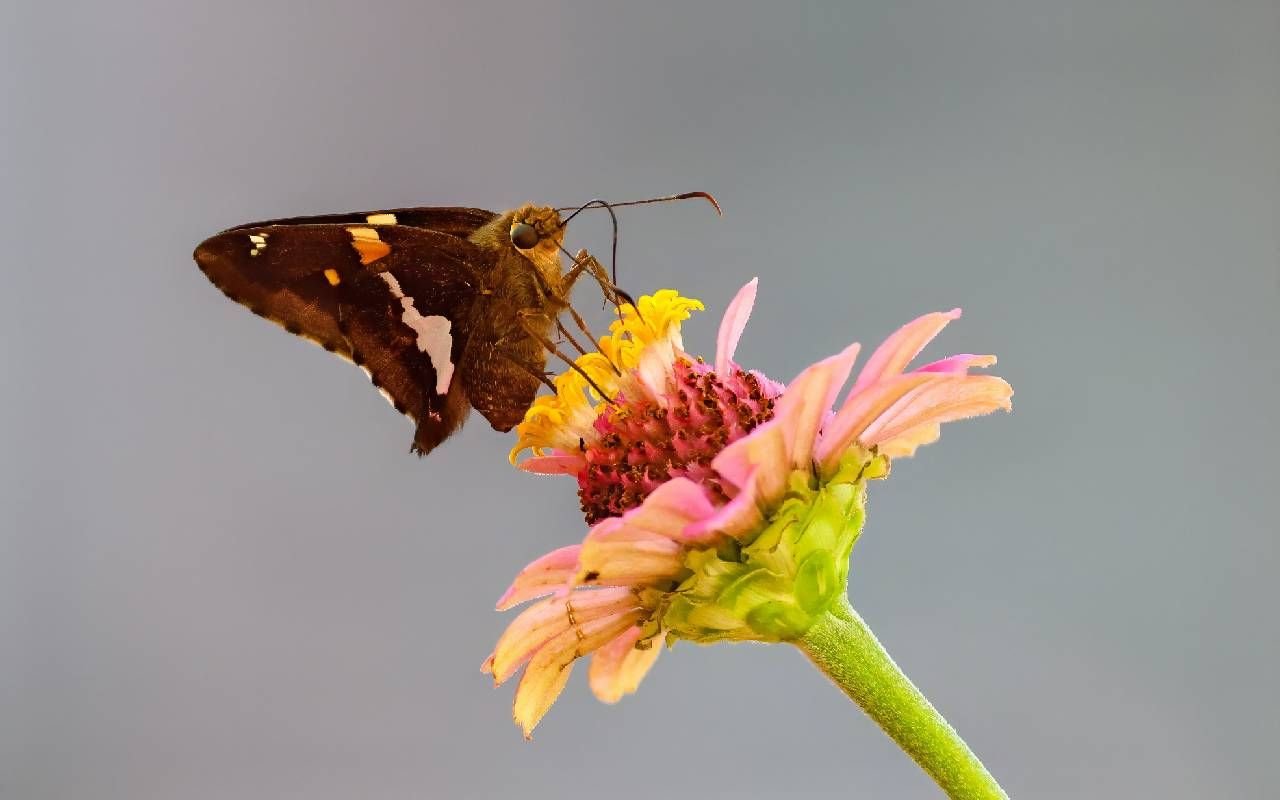
Most nectar-producing flowers can be planted in the ground, in raised garden beds, or in appropriately sized containers. When planting flowering perennials and annuals, try to stagger plantings or look for flowers that bloom at different times in the spring, summer and fall to provide nectar throughout the butterfly season. Planting the flowers in a sunny spot with six or more hours of sun per day is also helpful since butterflies prefer feeding in warm places.
Host Plants for Butterflies
Female butterflies lay eggs on host plants, including trees, shrubs, grasses, herbs, milkweeds and flowers. Some butterflies will only lay their eggs on a particular type of host plant. For example, monarchs prefer to lay eggs on milkweed plants since monarch caterpillars only eat milkweed and some native honeyvines.
Milkweeds are often a good choice for small spaces because they double as nectar and host plants.
When choosing host plants for your butterfly sanctuary, consider which regional butterfly species you are trying to attract, which plants are native to your area, and which plants will work best in your landscape. You can target your efforts to a specific type of butterfly or look for plants that support the greatest number of species.
Trees are a beneficial choice if you have a large yard. Some oaks support more than 500 butterfly and moth species, and other trees, such as cherries, willows, birches and poplars, also serve as host plants for a wide range of butterflies. Milkweeds are often a good choice for small spaces because they double as nectar and host plants. However, you will want to choose milkweed that is native to your region.
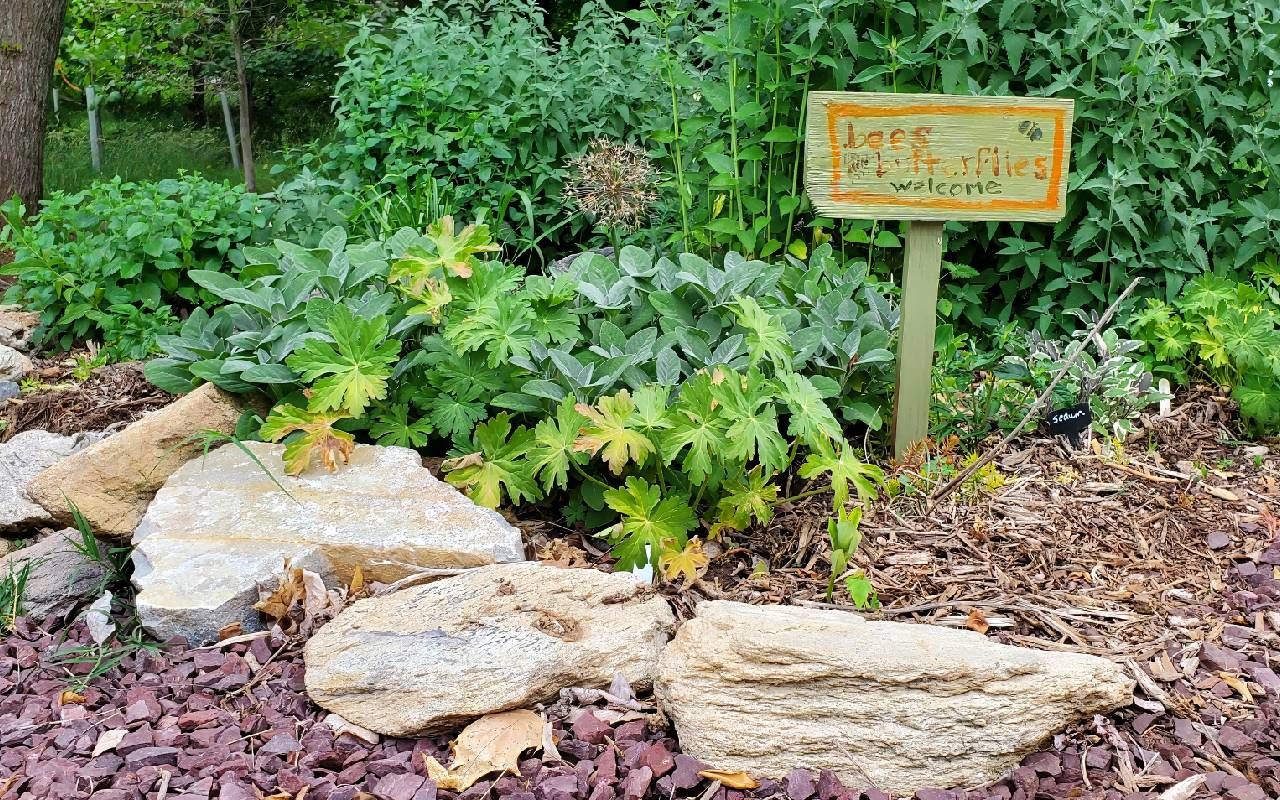
For example, butterfly milkweed is native to the Northeast and Southeast, showy milkweed is native to the West and antelope horn milkweed is native to the South Central United States. The free butterfly host plant finder on the National Wildlife Federation website will help you identify butterflies and their host plants in your zip code.
Water for Butterflies
Butterflies can't land on water. They get moisture and minerals by sipping water from muddy soil. This behavior is known as "puddling." You can create a puddling area for your butterfly sanctuary by filling a shallow dish (e.g., a pie plate or flower pot saucer) with sand or compost and a little water. Place the puddling dish in a sunny spot near some flowers and keep it moist. A shallow dish filled with minimal water and lots of rocks as landing spots can also provide butterflies and insects with a place to drink.
Shelter for Butterflies
Butterflies seek shelter at night and in inclement weather. They may hide under umbrella-like leaves or in rock crevices. You can ensure butterflies have a place to go by providing ornamental grasses, sturdy shrubs, or small rock gardens in your sanctuary. They also like flat rocks in open areas so they can bask in the sun in fair weather.
Monitoring Butterfly Activity
There are more than 17,500 butterfly species in the world. About 750 of them are present in the United States. You can learn how to identify the butterflies in your backyard by picking up a field guide for your region. Free apps like Seek from iNaturalist can also help you identify new butterflies. Just take a picture of the butterfly with your phone or camera and upload it to the app to find out what kind of butterfly you are looking at and whether or not anyone else has seen one in your area.
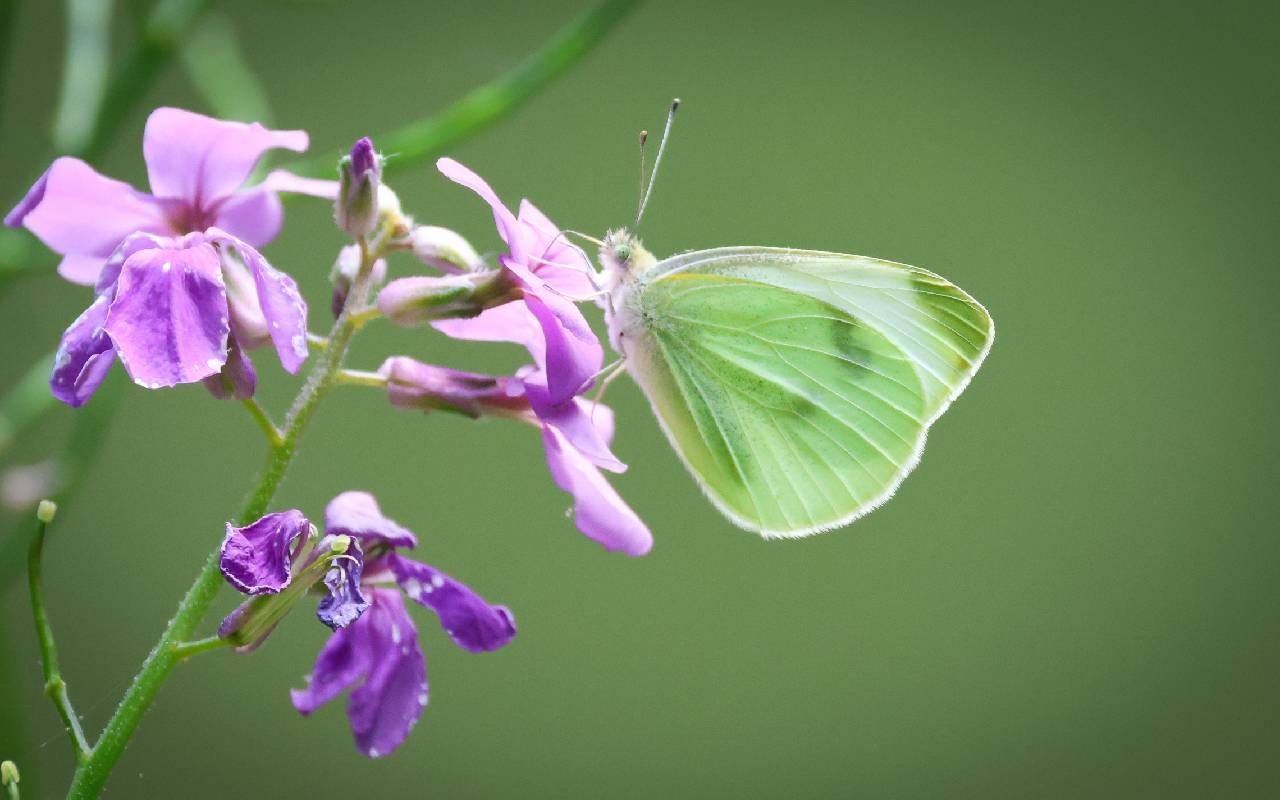
Monitoring the activity in your backyard sanctuary is a fun way to learn more about butterflies and discover which flowers, plants and areas they like best. A nature journal, or even a basic notebook, is an excellent way to record your observations. If you'd like to store your list of sightings online or contribute to wildlife and conservation research, you can submit observations and photos to eButterfly, an online database of butterfly sightings.
You can find more formal butterfly monitoring programs through the North American Butterfly Monitoring Network, which lists programs by state and region. If you have monarch butterflies in your butterfly sanctuary, you can participate in the Monarch Watch Tagging Program, a large-scale community science project launched in 1992 to research butterfly migration.
Maintaining Your Butterfly Sanctuary
To maintain your butterfly sanctuary, water plants regularly, especially if plants are new or struggling in the summer heat. Avoid insecticides in your butterfly sanctuary and the surrounding area. The ingredients are designed to kill insects and can be lethal to butterflies and other pollinators. Herbicides are also harmful. Butterflies that come into contact with weed killers may be unable to lay viable eggs.
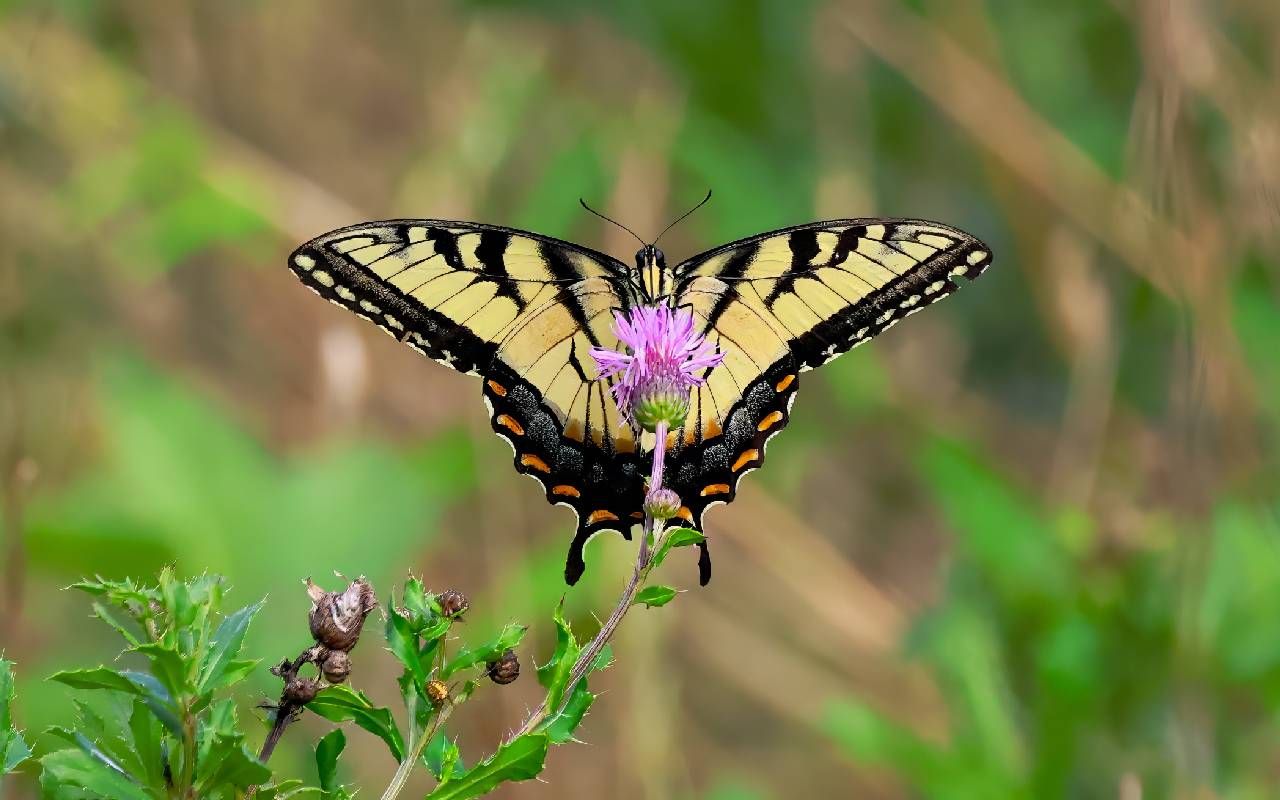
As the years go by, you may need to fertilize or amend the soil in your butterfly garden. You will also want to thin out plants that have become too crowded and remove any invasive plants that find their way into your garden beds. If you would like to mulch, consider using shredded dead leaves. They will enrich the soil, help it retain moisture and protect perennial plants from cold winter temperatures.

